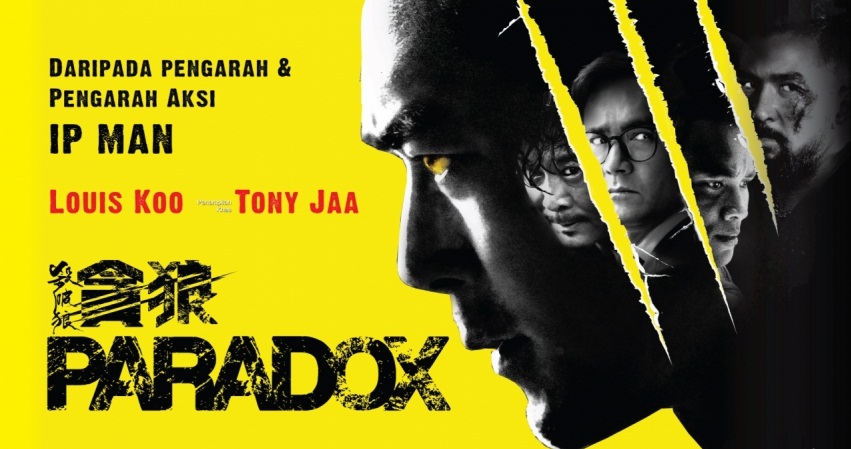
"S.P.L. Звезды судьбы 3: Парадокс" – это продолжение «звёздной» серии фильмов «S.P.L. Звезды судьбы». Они отличаются драматичностью, закрученностью сюжета и яркими персонажами. В предыдущих частях фильма играли Донни Йен, Саммо Хунг, Саймон Ям, Джеки Ву, Тони Джаа и Макс Чжан.
Третий фильм из серии продолжает тему «подпольного донорства». Краткий сюжет картины таков: в Таиланд приезжает бывший коп из Гонконга в поисках свой пропавшей дочери. К поискам присоединятся местная полиция. Главные роли исполняют Луис Ку, У Юэ и Тони Джаа, а режиссером выступил небезызвестный Уилсон Ип (трилогия "Ип Ман", "S.P.L. Звезды судьбы").
Предыдущие фильмы из серии поставили высокую планку, и третья часть не опускает её, хотя и не перепрыгивает, при том, что все возможности для таких прыжков были. В первую очередь, это происходит из-за того, что у фильма отсутствует обаяние. Он холодный. Главным героям не хватило прописанных взаимоотношений друг с другом. Вспомним мастерские драматургические решения Джона Ву, у которого незнакомые друг с другом герои объединяются ради общего дела, и в результате рождается мужская дружба, непростая, противоречивая и даже не всегда очевидная, но экранно притягательная. Персонажам не обязательно выворачивать на экране всю подноготную, достаточно проявить себя определенным образом в нужной ситуации.
В «Парадоксе» этого проявления не достаточно. Как не достаёт и магии взаимоотношений между двумя (или тремя) полицейскими. Каждый решает собственные задачи в рамках общего дела, но когда им предстоит объединиться не на словах, а на практике – все равно это происходит как-то разрозненно. Не хватает пары афористичных фраз, полуулыбок, каких-то эмоциональных знаков, небольшой трансформации взаимоотношений. Да, отец ищет свою дочь, и ему, мягко говоря, не до крепкой мужской дружбы, но проблема в том, что он от начала и почти до конца фильма остается механическим роботом с каменным лицом. И в этом отношении Луис Ку мог бы выдать более интересный перфоманс, но ограниченность условий не дают ему этого сделать. Несмотря на его трагедию и попытку пронести её внутри себя интровертно и даже в чем-то брутально, он не выглядит живым человеком, и потому ему не очень сопереживаешь. Вполне достаточно было показать его предысторию и разговор с дочерью в ресторане в качестве отправной точки, чтобы понять его характер, образ мышления и самое главное отношение с дочерью, а дальше показывать его изменения в процессе поиска. Ведь его трагедии в том, что он болезненно хотел привязать к себе дочь, в результате именно из-за этого потерял её навсегда. Финальное раскаяние имело место, но лично для меня его было недостаточно. И процесс поиска я бы подчеркнул еще большим чередованием кадров с дочерью (детских и после похищения), чтобы добавить напряжённости, где нужно трагичности, а где нужно саспенса, поскольку в какой-то момент я поймал себя на мысли, что о разыскиваемой дочке я вообще как-то забыл. Решить эту проблему можно было бы просто правильной сменой кадров. К слову о смене кадров. Монтаж иногда тут странный. Вначале мы видим разговор персонажа Луиса Ку с дочкой. Она говорит о детях, затем крупный план Ку, потом идет монтаж, а далее не понятно, каких героев показывают, то ли беременную и выросшую дочь Луис Ку, то ли кого-то другого.

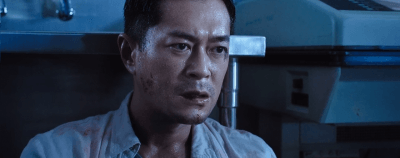
Гораздо объемнее выглядит второй главный герой в исполнении У Юэ. Он более подвижный и в актёрском отношении, и в плане развития персонажа, и даже в плане экшена, но об этом ниже. Он похож на классического инспектора из гонконгских фильмов: небрежный внешний вид и непосредственность, но высокие моральные устои. Однако логичней было бы сделать акцент на том, что он проводит параллель между собой, у которого вот-вот родится ребенок и ищущим свою дочь отцом из Гонконга. Когда он кричит своему тестю в финале: «Мы из полиции!», то это звучит понятно в контексте ситуации (докричаться до чувства долга, но при этом не показать, что они знакомы с тестем), но было бы интересней сделать так, чтобы он сказал: «А если бы это была твоя дочь? Или моя?» А тесть достаёт телефон и показывает ему видео. В этом случае и тесть был бы более мотивирован, и метания героя У Юэ были бы обострены.
Персонаж Тони Джаа вышел скомканным и немного не из этой оперы, во всяком случае, точно не из китайской. Было странно брать Тони ради одной драки, чтобы слить его в первой половине фильма, при этом сильно нивелировать его отличительные черты и возможности. Его наличие, кроме участия в боевой сцене фильма, несет и определенный драматургический ход, но ход этот слабо обыгран и если бы этого хода не было, фильм бы особо ничего не потерял.
Но с Тони обошлись еще, что называется, по-божески в отличие от Кена Ло, которого сливают последнее время от фильма к фильму. Не буду раскрывать суть его роли, скажу лишь, что драться он не будет и экранного времени у него мало. Печально.
В остальном – злодей злодейские, хотя и средние, а массовка массовая.
Теперь об экшене:
Эпоха Брюса, Джеки и Донни ушла. Китайская современная хореография неконтактная, почти всегда бескровная, и словно позабыла свои лучшие традиции и великие достижения прошлого.
И, несмотря на то, что хореографом фильма выступил Саммо Хунг, идеальной постановку назвать нельзя. Экшн в фильме продолжает традицию предыдущих фильмов серии, он смелый, в нем стало меньше стерильности, он стал в хорошем смысле «рейдообразный». Но от чего китайцы до сих пор не могут отказаться, так это от тросов. Тросы в таких фильмах как «Парадокс» надо забыть как страшный сон. Но хореографы словно отвыкли снимать без веревочек, они и думать не могут в каком-то другом направлении. По-моему, это попахивает хореографическим слабоумием, потому что герои без тросов не могут ни шагу ступить, ни на унитаз сесть. Как в индийских фильмах – без песен и танцев начинать что-то снимать кажется просто немыслимым. Похожая проблема была и в прошлом фильме «S.P.L. Звезды судьбы 2», но в текущем случае этот вопрос выглядит более остро, потому что крайне реалистичный сюжет подразумевает такой же реалистичный подход к поединкам. Этот фильм мог быть снят в Южной Корее или Таиланде и, скорее всего, получилось бы лучше.
Второй момент, который портит впечатление - это монтаж. Он как всегда частый, кастрирует полноту и читаемость кадра, а ракурсы скрывают прорехи в хореографии и контактность ударов, в особенности персонажа Луиса Ку, которого хорошим экранным бойцом явно назвать нельзя.
Первая важная экшн сцена – это параллельная драка У Юэ и Тони Джаа против бандитов.
Оба героя показывают себя хорошо, несмотря на все попытки постановщика показать их плохо. В этом бою мы впервые видим в деле бородатого злодея в шляпе – колоритного и неубиваемого персонажа (Крис Коллинз). Тони старается, ему до сих пор есть что показать, но он тоже летает на ремнях (и даже на летающей тарелке). И хотя он пытается работать в характерной для себя манере и технике, все равно постановка этого боя лишает его преимуществ и сглаживает особенности. Но в целом, если закрыть глаза на тросы и общую затянутость боя, в поединке «Джаа VS Бородач» есть хороший фрагмент с зонтиком лучших традициях китайского кино, некоторое количество внятных ударов от Тони, не задавленных ракурсами и монтажом, да и вообще весь бой довольно масштабен в плане работы с пространством. Но он мог бы быть лучше, гораздо лучше.
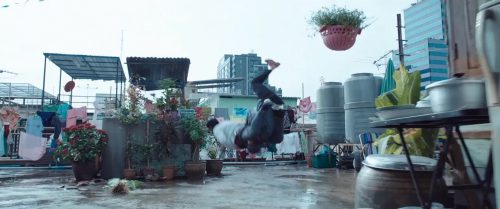

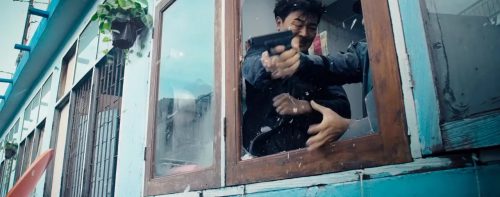
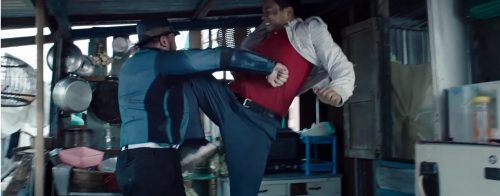
Герой У Юэ старательно отыгрывает боевые эмоции, пытается быть жестким и контактным. Он действует разнообразно: есть ударная техника, болевые захваты, элементы в стиле тайского бокса, вертушки, но когда дело доходит до элементарных трюков, мы снова видим нарушения законов гравитации. По-моему, лучше экипировать актера защитой как полярника, либо даже взять дублера, но постоянно отрывать его от земли как будто у него криптонит в одном месте... не знаю, не знаю.
Следующая сцена боя – это Луис Ку против толпы врагов на мясобойне, где Ку предстает нам в режиме робота и, надо сказать, именно в этой части фильма это выглядит адекватным. Немигающий взгляд и застывшее лицо, с которым Луис Ку движется к своей цели не глядя на противников под музыку стилизованную под OST не то из «Джеймса Бонда», не то из «Миссия невыполнима» - то, что нужно, хотя сама сцена – это клише.
Но сильным экранным бойцом Луис не является, поэтому его часто «спасает» монтаж, иногда дублер, и в целом его проходку по коридорам мясобойни нельзя назвать интересным поединком. Если бы это был снято в один дубль, то ещё куда ни шло.
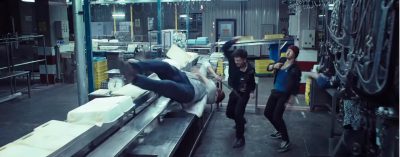
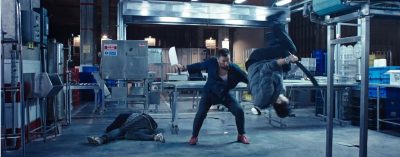

А вот дальше события разворачиваются более интересно, когда они перетекают в битву на ножах. Сначала дерется Луис Ку, а потом присоединяется У Юэ и, пожалуй, это лучший момент в фильме. Во-первых, наконец-то на экране кровь, как бы странно это ни звучало. Уже нет ощущения театра с бутафорскими мечами, нет эффекта бесконтактного боя, мы видим, что персонажи - это люди, и они получают ущерб и если их режут ножом по животу, то оттуда вытекает что-то красное. Во-вторых, в поединках появился ритм, появилась правильная суета и почти нет проваленных динамических моментов, хотя противники по-прежнему нападают по одному. В-третьих, монтаж не убивает все движения, поэтому какие-то связки видны полностью. Снято чуть-чуть не по-китайски, манера напоминает микс из элементов из фильмов с Джонни Нгуйеном и Ико Ювайсом.
Минусы этого боя, опять же, в тросах и в переборе с живучестью бородача, которого бьют как угодно и чем угодно, а он как огурчик.
Итог:
Да, китайцы не могут полностью уйти от собственных традиций и стереотипов киномышления, минусов предостаточно, но результат уже лучше. «S.P.L. Звезды судьбы 3: Парадокс» - это драматический боевик во всех смыслах этого слова. Это определенно жёсткий фильм, гораздо жёстче, чем большинство современных китайских боевиков. Драматургический вектор прямой и точный, хоть и не всегда доработанный, а хореография поединков стала более плотной, кровавой и динамичной, опять же, с хорошей эмоциональной подоплекой. Как часть серии «Звезды судьбы» он отлично вписывается в стиль предыдущих фильмов.



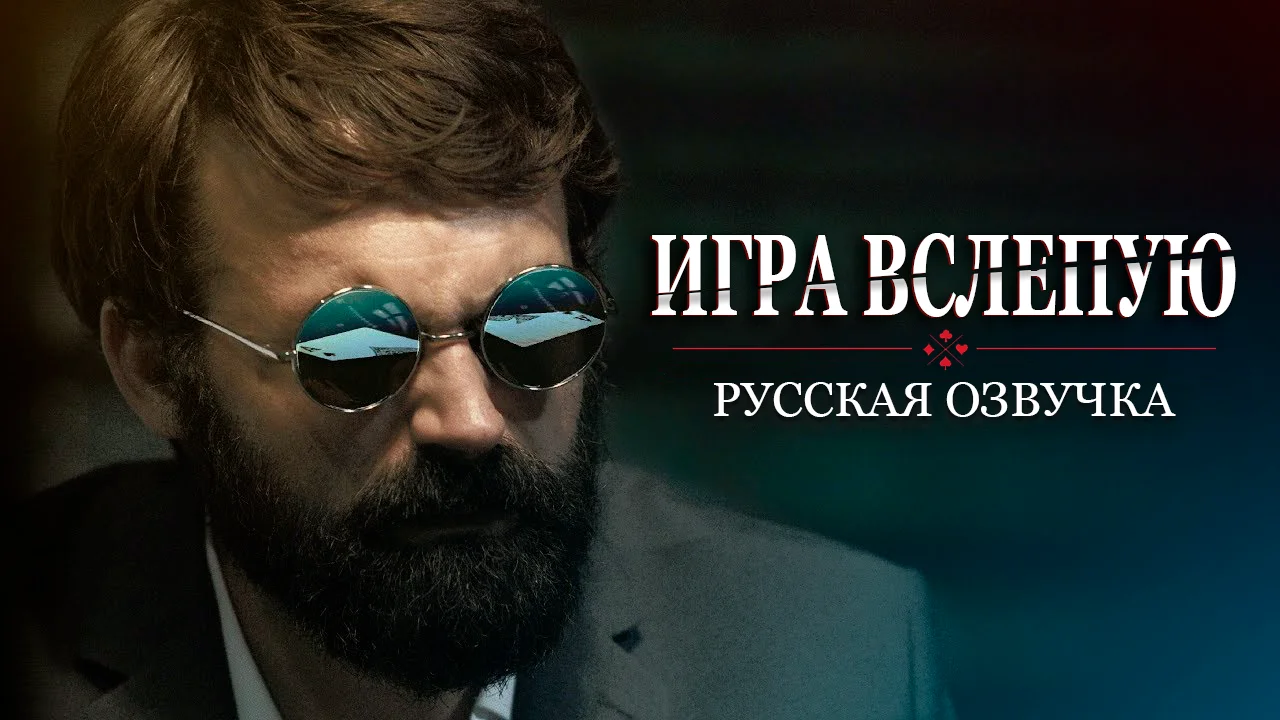

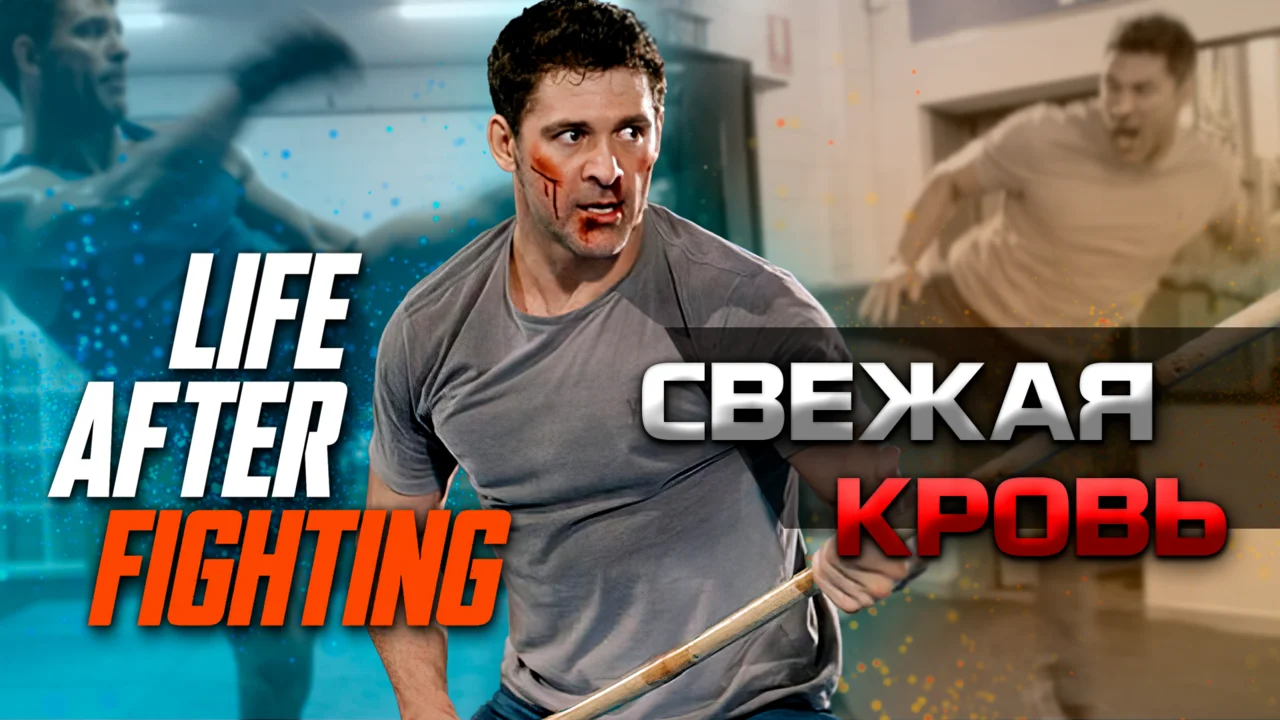
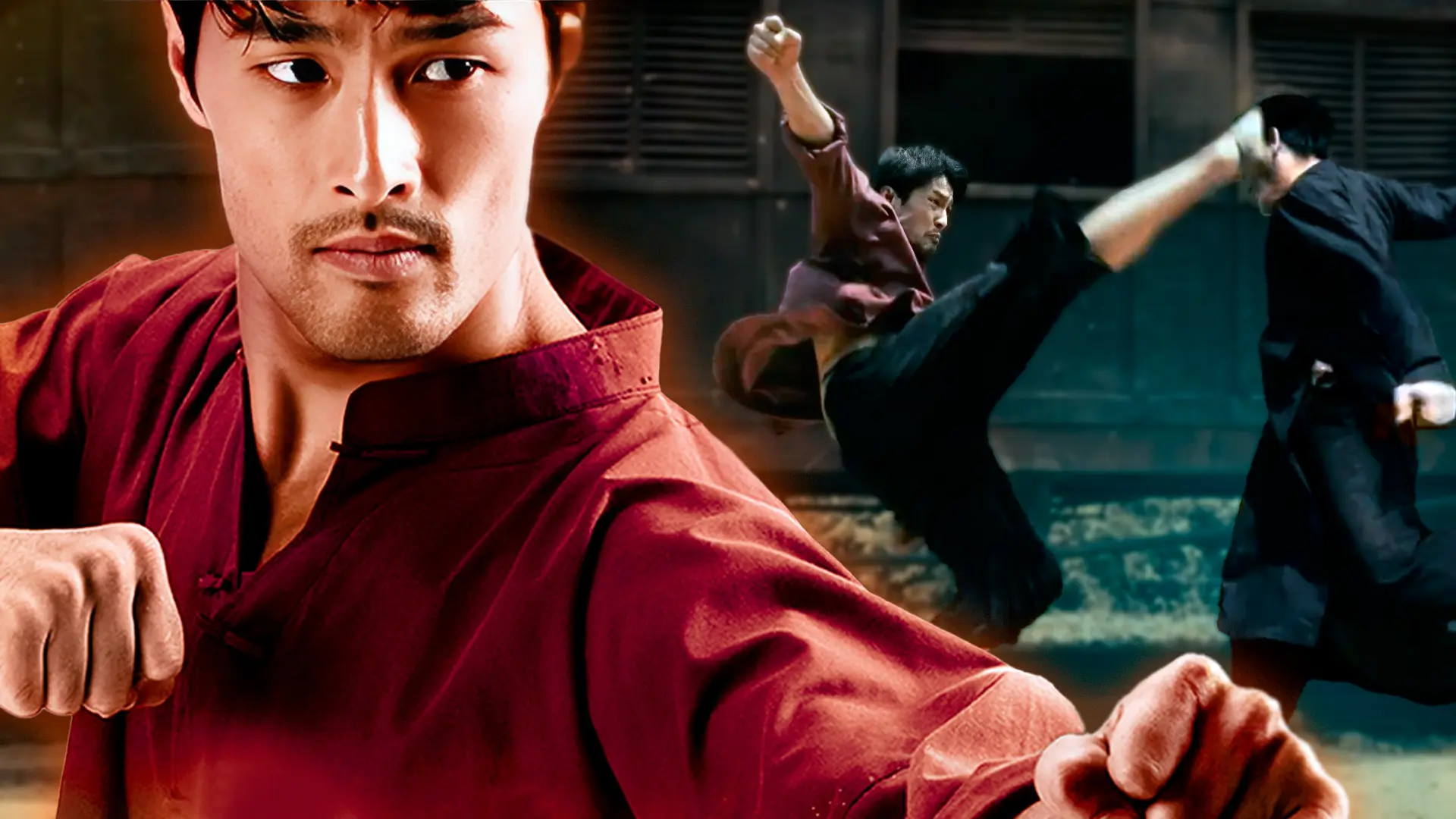
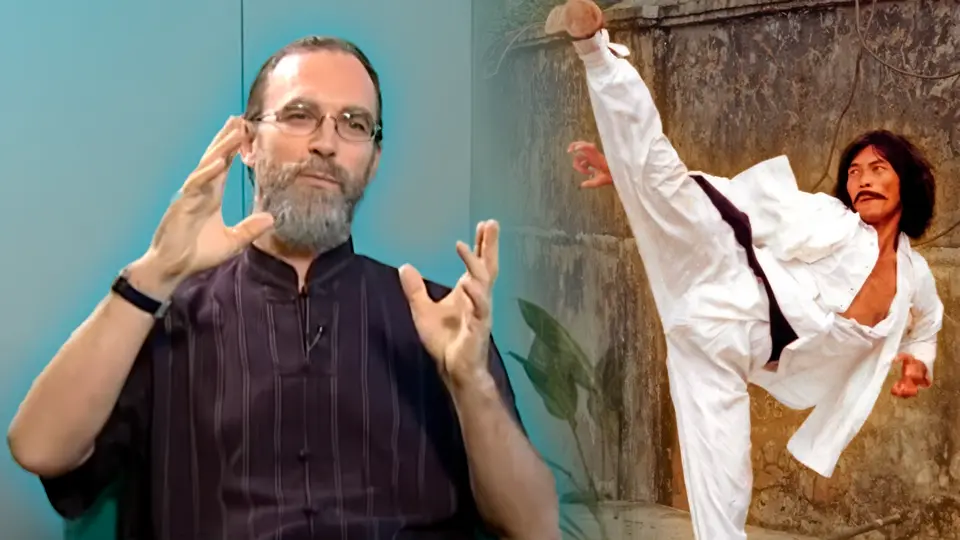

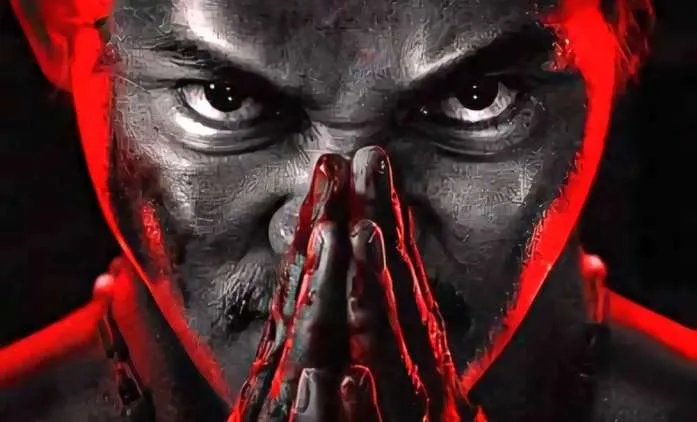
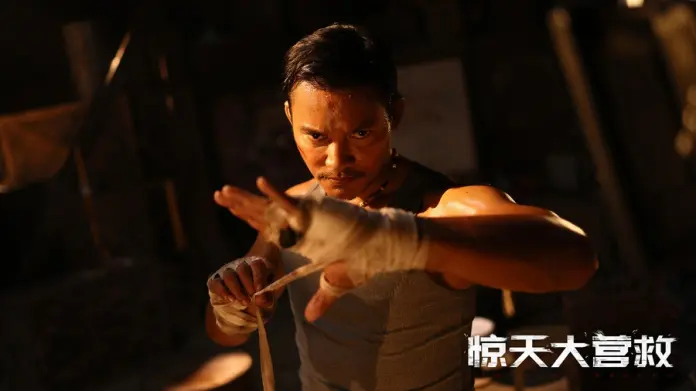

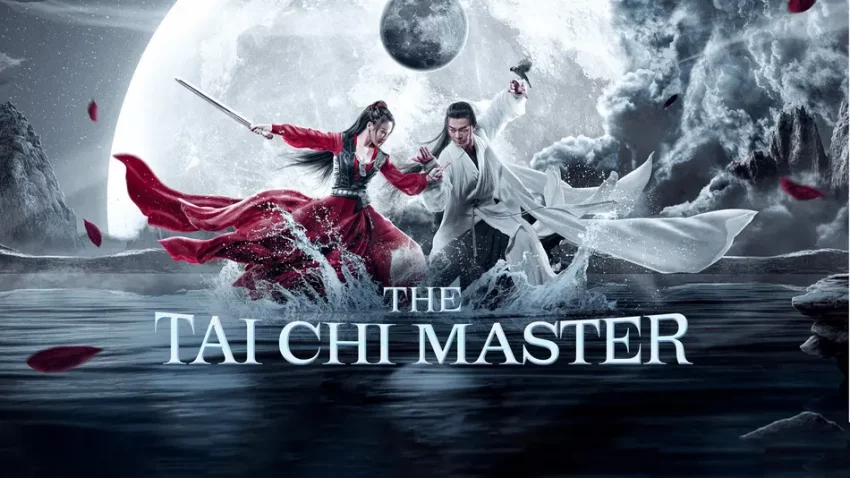
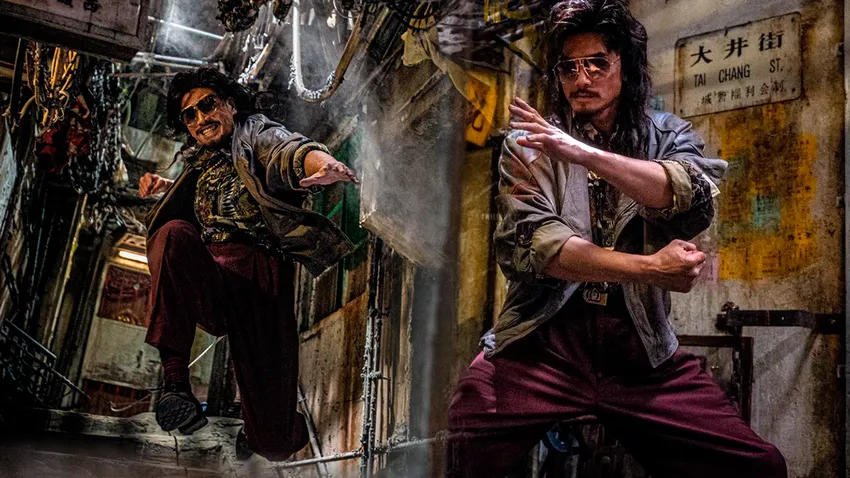
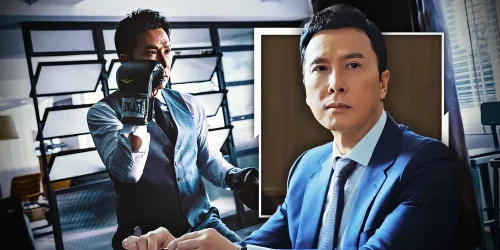
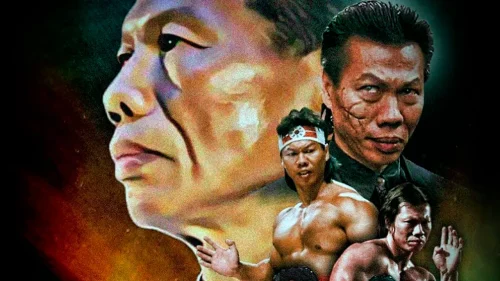
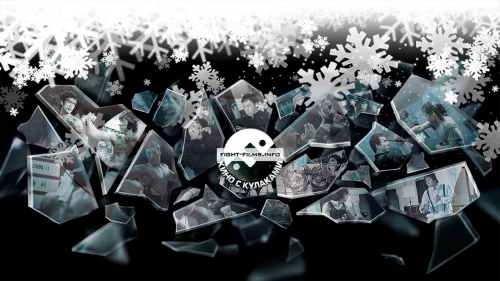
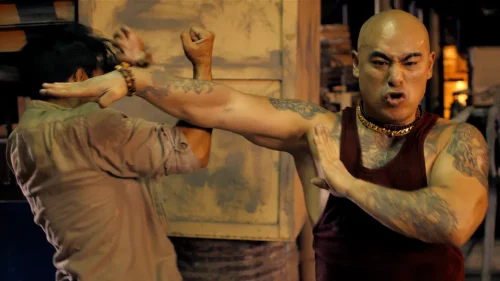


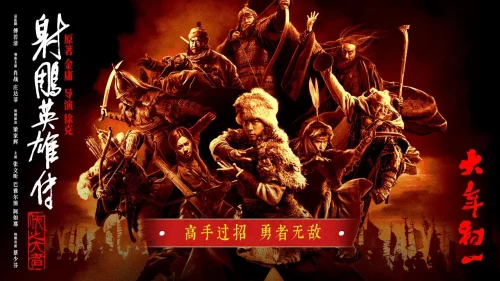
Тони Джаа слили, а фильм полное говно, нечего интересного.
Какие вопросы? Добавляйте! :)
Прохождение Луисом Ку "коридоров смерти", где он всех лихо выносил, произошло, конечно, благодаря Саммо Хунгу. Не знаю, заметил ли кто, но стилистика чуть ли не повторяет поединки из "Старого телохранителя", особенно болевые контроли и ближний бой с локтями, короткими ударами и бросками. Просто если Саммо в полном смысле пожилой, то Луис просто не боец. Так что спасибо Саммо что это зрелище все таки еще неплохо и смотрится ! А Джаа...эх, что есть, что нет. Кстати, вчера вышел Кикбоксер новый, еще один претендент на номинации
Спасибо за новость. Как то упустил момент выхода фильма. К сожалению, как и было сказано автором, китайцы наступают все на те же грабли. Конечно можно о многом дискутировать, но я представляю главную проблему всех фильмах это даже не отсутствие новых Джеки Чанов и Джета Ли, а постановка нормальных поединков. И ведь спустя столько лет ничего толкового, кроме пару фильмов с Донни Йеном, не вышло, учитывая что далеко не глупые люди у руля бывают. То значит самое сложное в этом деле оказывается - поставить хорошие поединки. Неужели отсутствие свежих идей или все таки китайцы позабыли за что их любил смотреть весь мир.
Неплохой такой драматический экшен, да. Но его портит монтаж, пресная актерская игра Ку, тросы в боевых сценах и отсутствие какого-то стиля у Уилсона Ипа. Во всякому случае, можно было снять интересней, стильней и лучше. Такое ощущение, будто спешили. Как обычно, впрочем.
И да, несколько обидно за слитых Джа и Кена Ло,
Данил Чупахин,
Причина в том, что не хватает сильных личностей на экране. Как персонажных, так и актерских. Первая часть "Ип Мана" и первая часть "Звезд судьбы" были очень достойными, потому что там был Донни Йен и Саммо Хунг, которые тянули на себе очень многое и замазали огрехи Уилсона Ипа. А тут.. ни Луис Ку, ни У Юэ никак не дотягивают до них ни с точки зрения энергетики, ни как экранные бойцы и подавно. Тони Джаа мог бы, но его тут 10 минут.
Ravenside,
Хотя вот странно. Боец из Луиса конечно слабый, спору нет, но ведь он хороший актер. И почему он тут стеклянный такой, непонятно. И снова скажу за стиль - "Парадокс" пустой в этом плане. Вот в первом SPL был стиль: картинка, построение кадра, саспенс, визуалка, где игрались с цветом и светом. Вот в "Признании боли" с Такеши Канеширо был стиль, правда, там нет рукопашных сцен. А здесь - стерильно.
Вообще, мне кажется, Уилсон Ип достаточно сильно переоцененный режиссер. И он не всегда "могёт".